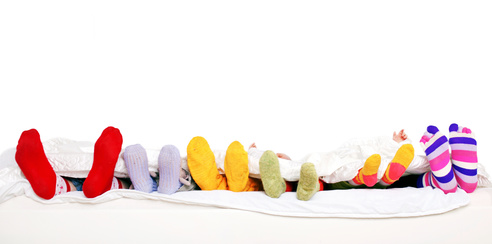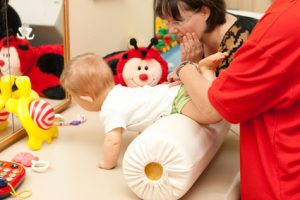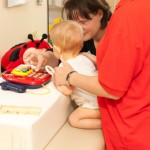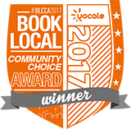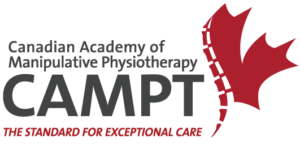Summer can be a challenging time for parents. With the little ones at home on summer vacation, they may still be working regular hours. For stay-at-home parents having children at home during the day from school can also be a challenge. Summer time can throw off the routine. It can be easy to rely on screen time too keep kids occupied while you try to get things done around the home. It can be even more difficult to pry kids from their screens and encourage active play.
Play involving different challenges is an amazing tool to not only keep kids occupied. Structured, and unstructured play are important for a few reasons. Play and activities help with a Child’s:
- Concentration – a great time to work on a subject that challenges you child is after play and exercise!
- Balance and Propioception
- Gross Motor Skills and Coorodination
- Problem Solving
- Sleep

Here at Oakville’s Palermo Physiotherapy and Wellness Centre, we treat the whole family! Our Oakville Physiotherapists, Chiropodist (foot clinic), Massage Therapists, and Yoga Therapists work with babies, children, young adults, adults, and older adults. Part of our treatment for our young Patients often involves exercises in the form of play!
Unstructured Play
We’ve put this first because unstructured play is an important part of growth and development. It allows children to use their imagination, sort through socialization.
Get to the Park!
Taking a trip to the playground using a local path sounds simple but can allow for imaginative play. This includes going on “missions” or adventures. The playground can be anything, a pirate ship, space ship or even a castle! Ask probing questions and encourage imaginative thought! Your adventure can even carry into writing a short story or a drawing later in the day.
Build a Fort
Appliance boxes can be great fun to crouch into, crawl around in and even make a fort in the yard. Crouching and crawling to build this fort, pushing and pulling, all these actions work on the strengthen and coordination of your little ones. In weather that may be too hot setting up some chairs, couches and blankets can be great fun!
Sprinkler
Kill 2 birds with one stone. It’s been a dry summer here in Oakville and some of our lawns have suffered. Set up a sprinkler and make your own splash-pad! The sprinkler lets kids cool off as well play. Run through the falling water and away from it. Jump or step over the sprinkler or a stream of water (try forwards and backwards), and duck down under the water.
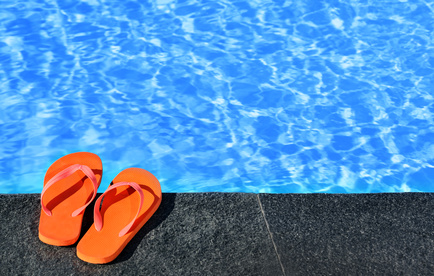
Grab Bag of Fun
Pull out a box of goodies and let the kids have at it. Some ideas for this box:
- Old costumes
- Fun hats
- Sports balls
- Dollar store fun
- Pool Noodles
- Skipping ropes
- Sidewalk Chalk
- Bean Bags
- Bubbles!
Keep older children busy and give them some responsibility to organize this play. Listen to their suggestions and get them involved in the play.
Stay tuned for some specific games and activities from an Oakville Physiotherapist. These activities will challenge your little ones without them knowing!

